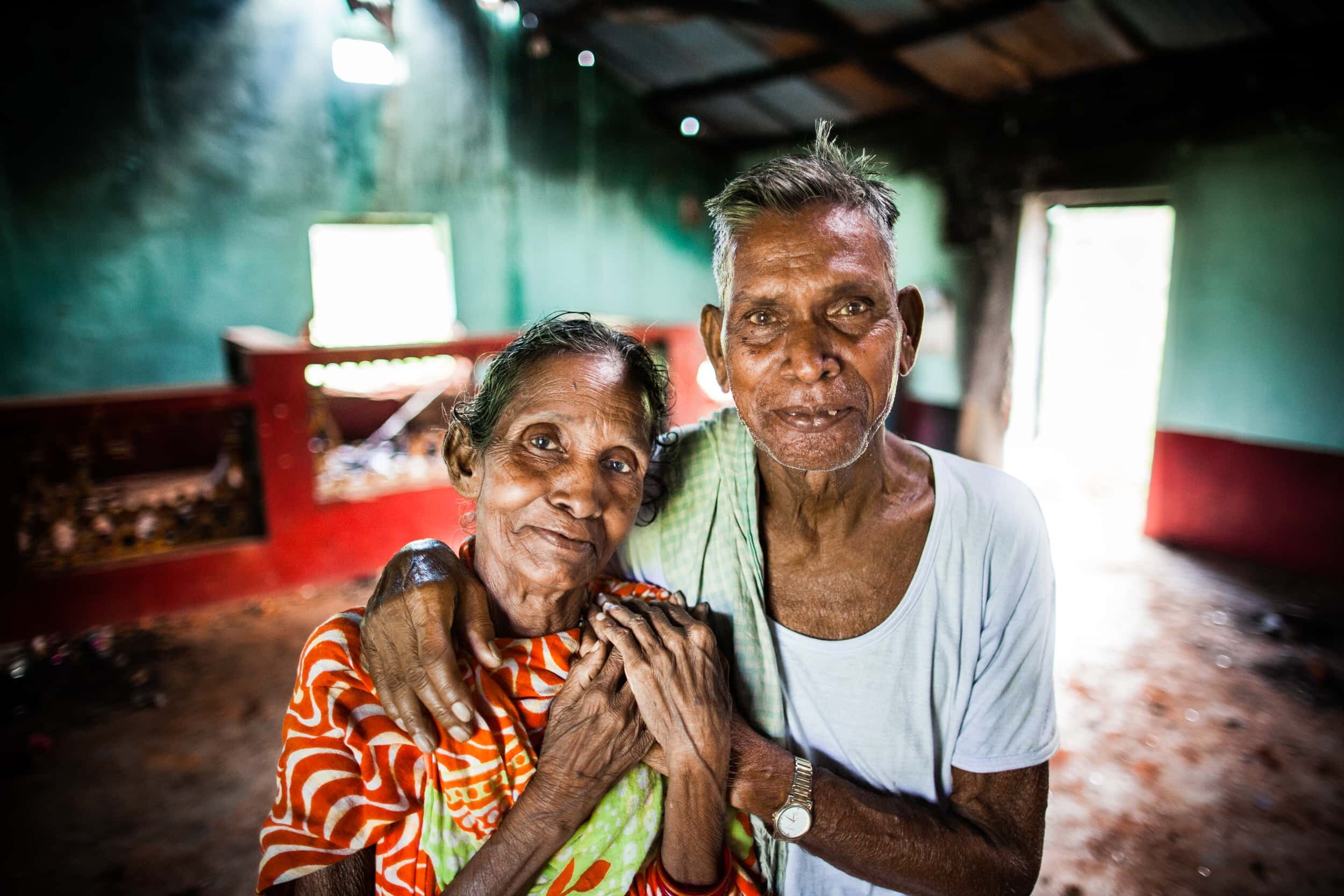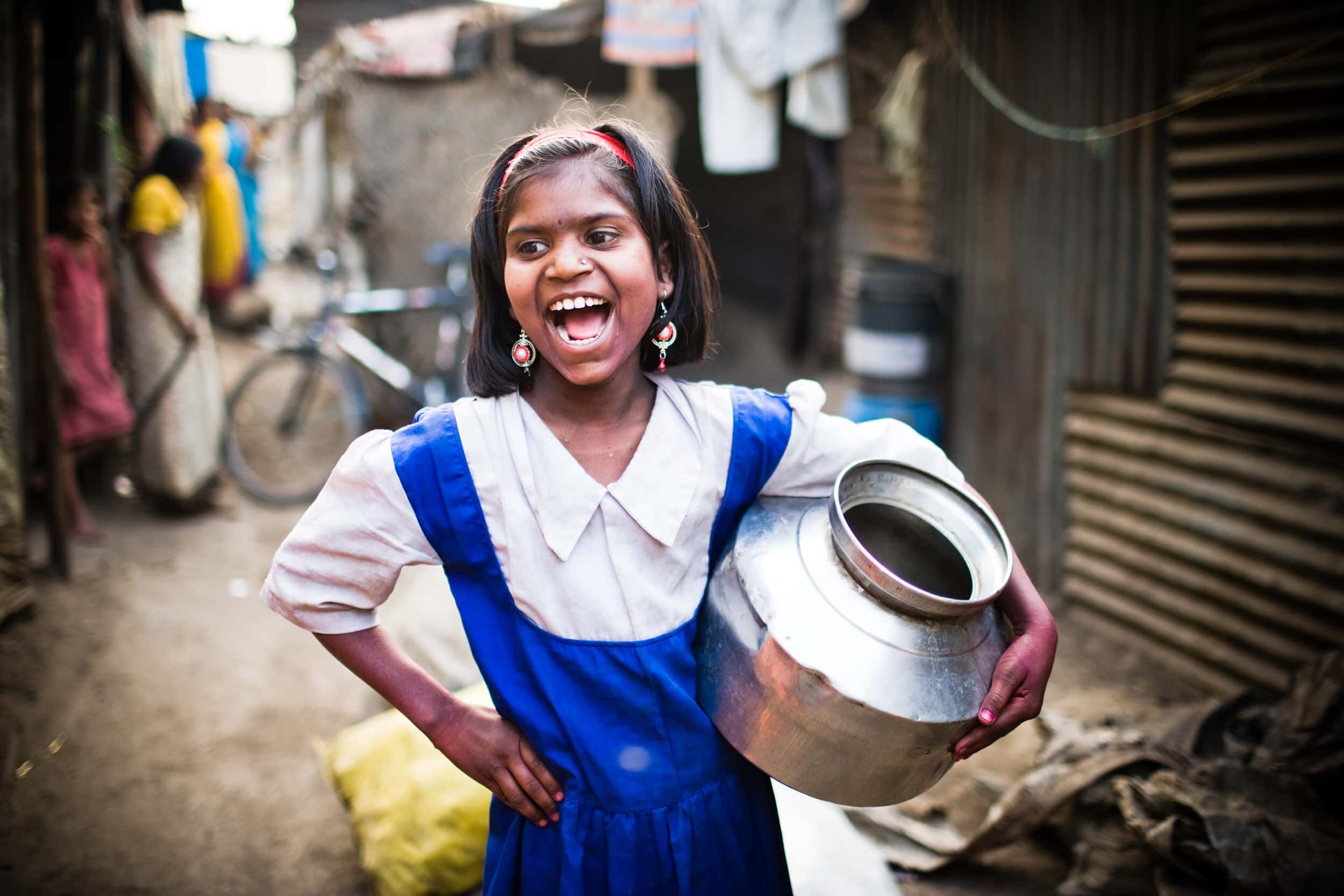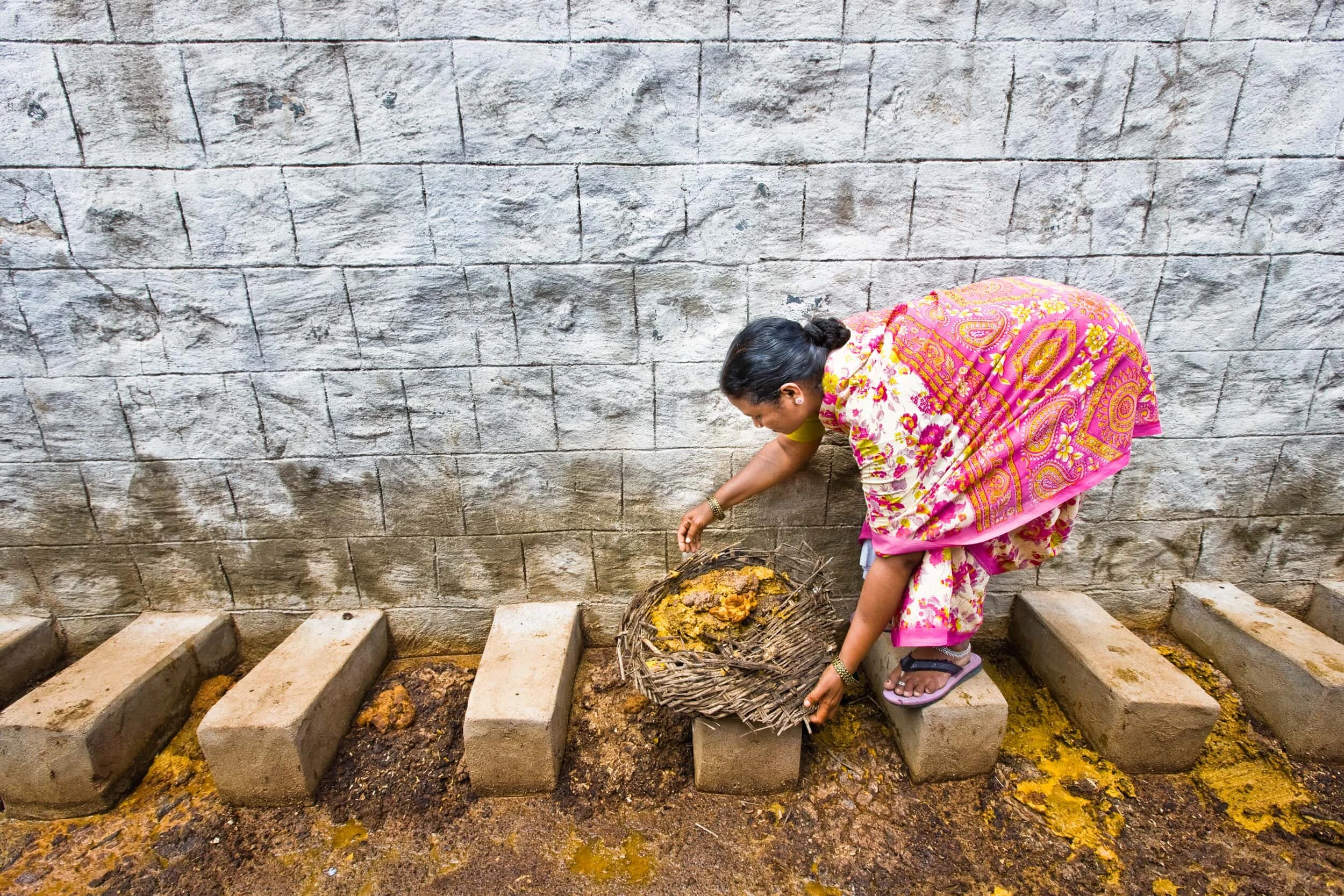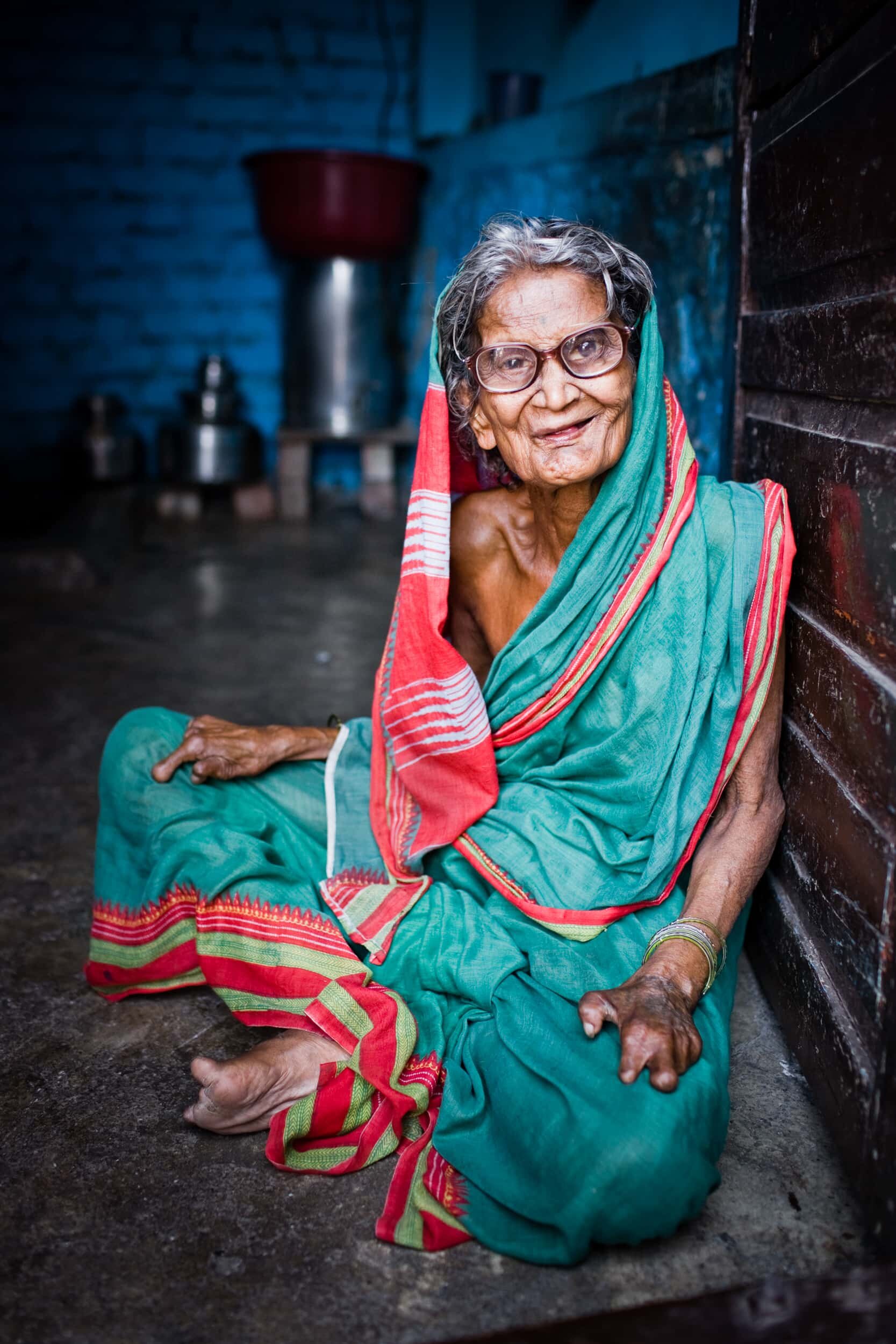
Being Untouchable
Indian Dalits
Client: CSWIntroduction
As home to one in six of the world’s population, with a highly complex ethnic make-up, 1,600 languages, a third of the world’s poor, 43% of its children under-nourished, and the fourth largest number of billionaires in the world, India confounds all expectations. But India enjoys a rising global profile, and with that comes heightened responsibilities. The big ideas of our times, from global development goals, to environmental protection, to human rights, will succeed or fail based on how countries of India’s stature deal with them.
We all have a stake in India. That is why we must not ignore one of the largest global scandals of all, which persists within its borders, and which fuels exploitation and poverty – a pervasive social hierarchy based on birth, which treats 167 million people as outcasts. These are the Dalits. If a group of 100 people represented the population of the world, five would be Americans, three would be Indian Dalits. They form the ‘bottom’ of India’s caste system, below the four main ‘varna’ groups. ‘Dalit’ means ‘broken’ or ‘crushed’. It is the name chosen by these ‘untouchables’ of old, and it represents their sense of a history reverberating with oppression, exploitation and injustice.
Dalits are the worst victims of what is arguably the most tenacious hierarchy on earth. The caste system has ancient roots, and became a means of social stratification, in which ‘low’ castes were expected to perform dirty, degrading and dangerous tasks for the rest of society. Caste has been described not as a means for the division of labour, but for the division of labourers.
Although associated originally with Hinduism, the caste system is practised across all religious communities in India today.
It may be tempting to forget the caste system and focus on India’s economic boom. However, the two cannot be separated so simply. Much of India’s economic infrastructure is overlaid on this ancient system of hierarchy and obligation. Caste is deeply-embedded, not only in the rural areas which almost never intersect with modern, trendy, industrialising India, but also in the fast-growing urban centres.
In the past, Dalits had to ensure their shadow never fell on non-Dalits, so as not to pollute them. It is not quite like that today. But Dalits are still treated as untouchable in myriad ways.
This exhibition exposes, through a series of portraits, what it means to be untouchable in an emerging superpower.

Manual scavenger
Every day, Uma walks through the village with her basket to the communal latrine. Nobody touches her along the way. She has an enamel toilet in her own home, but she cleans the excrement of others because this is the job assigned by her caste.
This practice has been illegal since 1993, but still 700,000 Dalits, perhaps more, endure the same daily routine as Uma.
Kurnool District, Andhra Pradesh.
Sweeper
Young, bright, and impeccably courteous, Sanju cycles every day into Nasik to sweep its streets. Only Dalits do this work, he says, and his own prospects of doing anything else are severely restricted by the glass ceiling imposed by his caste.
Many Dalits here are Buddhists, including Sanju. They embraced Buddhism in the footsteps of the iconic Dalit figurehead, Dr B.R. Ambedkar.
Nasik, Maharashtra.
Segragation
Jaya, sister of Sanju, carefully prepares chai at home for us. Her Dalit community lives in isolation from the 'higher' castes. Segregation has been one of the keys to preserving the caste system from generation to generation.
According to a major recent study, social customs continue to prohibit everything from meals to marriages between Dalits and 'higher' castes.
Nasik District, Maharashtra.
Musahars
Sisters Savitri and Sarita learn the alphabet together. They are Musahars, a community of two million known as the Dalits of the Dalits. The Musahars are a landless people and 99 per cent are illiterate.
The Indian press has often highlighted their plight, but they face ridicule and derision from others around them. In a nearby Musahar community, 'high' caste villagers disrupted our visit and told the Dalits that this photography would be used to mock them.
Bhojpur District, Bihar.
Devadasi
Sujatha was until recently a ‘devadasi’, or temple prostitute. She was married at thirteen, but soon returned home, as her husband did not care for her. In need of money, her parents sold her to the temple for the equivalent of £120. For two years, men would use her for a tiny fee, split evenly between her and the temple.
An estimated 40,000 women are devadasis, almost all of them Dalits. Untouchability does not apply to sex. Sujatha was bought out by a married 'high' caste man, who visits her sporadically. "Who will want me when I've been used?", she asks.
Belgaum District, Karnataka.
Charity
A boy waits for his tea at this home for the destitute, on the outskirts of India's celebrated technology capital, Bengaluru. Around 280 people are accommodated here.
Raja, the founder of the home, is a Christian, and he was attacked in 2008 by extremist Hindus and police, in retribution for supposedly converting people by allurement. This is a common charge against Christian charity work among the poor. In some states, laws against conversion carry higher penalties when the new converts are Dalits or adivasis. Raja labours on, disregarding the death threats he has received.
Bengaluru, Karnataka.
Desolation
Kawsha sits beside her husband Devji, cradling their young daughter, Manisha. Their seven-year-old son lives in a hostel. The parents have lived with leprosy since childhood. They beg for a living, but can scarcely meet their monthly rent payments, equivalent to £6.
They belong to a leprosy-affected community of 175 families, all of them Dalits and adivasis. Adjacent to the community is a cladding wall, advertising the construction of new luxury properties for Mumbai's rich.
Kalyan, Maharashtra.
Caste violence
Kamlesh was just seven when she was pushed onto a pile of burning rubbish while walking with her mother. This was her punishment for walking along a path reserved for ‘high’ caste people. Ironically, Kamlesh comes from the same caste as the Chief Minister of her state, Mayawati.
Much caste-based violence goes unrecorded, but in 2008 alone, 33,000 crimes against Dalits appeared in official statistics. In most cases, perpetrators escape justice, or cases simply drag on for many years. Kamlesh’s case continues.
Mathura District, Uttar Pradesh.
Destitution
A mother and child sit on a concrete pipe illuminated by harsh industrial lighting. The child's father has retreated into alcoholism. They belong to a community of Buddhist Dalits, who have lived in roadside tents for ten years.
The destitute are a familiar feature of Mumbai. These forgotten masses on the fringes of the world's fifth largest city include some of the world's very poorest, most disenfranchised people.
Mumbai, Maharashtra.
Displaced
Each of these families have stories of violence to tell, their homes looted and burnt. Many walked through several consecutive nights to flee here. Religious violence is often played out in the arena of rural Dalit and adivasi communities.
Here in Orissa, extremist Hindu nationalist groups had propagated anti-Christian hatred in these communities for years. This reached a climax in the brutal, mass attacks in 2008.
Bhubaneswar, Orissa.
Impunity
Teenage brothers Sunil and Naveen dream that one day, they will have the finances to rebuild their smashed family home. Their father was accused of murdering a 'high' caste money-lender after a dispute over exorbitant interest rates. In furious retribution, 'high' caste men looted and burnt the homes of fifty Dalit families. Police had warned the Dalits to flee, but stood aside as mob justice took its course.
Though acquitted of the money-lender's murder, their father was killed two years later. This provoked widespread violent protests from Dalits, which demonstrated their anger about the lack of justice.
Sonipat District, Haryana.
Aspiration
Shantabai has invested great hope in her son, Vikas. It is hot inside their home of wood and plastic sheeting, which sits beside an acrid lake that often overflows during the monsoon. Vikas is Shantabai's fourth child, but none of his older siblings survived.
Vikas' bold aspiration to become an engineer, despite the poverty and caste of his family, shines brightly in these surroundings.
Nasik District, Maharashtra.
Conclusion
Being untouchable has no place in our world.
With its many different facets, there is no single solution to the plight of Dalits. However, Dalits plead for their cause to resonate worldwide, like apartheid in South Africa.
‘Untouchability’ was banned in India’s Constitution, but as Dr B.R. Ambedkar, architect of India’s constitution and Dalit icon, once said, “It will take more than a law to remove this stigma from the people of India. Nothing less than the aroused opinion of the world can do it”.
The Indian Government has taken some remedial measures to address the social exclusion of Dalits, and the current political leadership has repeatedly stated its commitment to combat caste-based discrimination. However, much more needs to be done.
Global corporations investing in India can play a role, by implementing the ‘Ambedkar Principles’, which set out how to comply with the UN Global Compact with special sensitivity to caste.
Corporations must ensure all their supply chains are entirely clear of labour exploitation, for demand increases supply, and Dalits are the most susceptible to labour exploitation. They should take responsibility in hiring practices, to ensure Dalits are not excluded from employment because of the structural disadvantages faced by their communities.
India’s global partners can play a role. The UN has charged the Indian Government with demonstrating clear progress to tackle the many different forms of caste-based discrimination, and this message needs to be reinforced by fellow UN member states.
Foreign aid and development policies, too, should specifically tackle the structures that support social exclusion, especially caste-based discrimination.
It is up to us to see that this happens. Don’t forget the Dalits.
Devamma was our host when we visited her community. She cooked for us and allowed us to use her home as a base during our stay. Devamma has lived with leprosy for more than 40 years. Kalyan, Maharashtra.
Photo © Marcus Perkins
Acknowledgements
Marcus Perkins and David Griffiths wish to express their great thanks to each of the subjects of the photographs, for their hospitality and for openly sharing their lives with us. We are also extremely grateful to very many people for their generous assistance with the project.
They include: Minesh Amin, Harish Arisalya, Indira Athawale, Penny Ayres, Jill Coombe, Dataram, Tom Fewell, Ganesh, Sarah Griffiths, Emma Howlett, Solomon Isaac, Ajay Kumar, the late Kamal Kumar, Manohar, Ashish Missal, Sam Paul, Sarah Perkins, Liz Pruett, Udit Raj, ‘Auto’ Raja, Bama Raman, Tina Ramirez, Chabinath Shiply, Ajay Kumar Singh, Madhu Chandra Singh, Meena Varma, Bezwada Wilson, and Angela Wu.
Others preferred to remain unnamed, but we gratefully acknowledge their contributions also.
How the material was used
Launched at HOST, a leading photojournalism gallery in October 2010, the project has been featured in Prospect magazine, the New Statesman, and in the centre page Eyewitness feature by the Guardian. The project was also featured by BBC Online News as a front page linked story, a picture gallery and as a film report.
In February 2011 the European Parliament used the project's signature image to highlight caste-based discrimination in South Asia.
The exhibition moved to St Paul’s Cathedral in June-July 2011 for a five week run - which coincided with the cathedral's 300th anniversary, and a visit by HM Queen Elizabeth II - where it was viewed by an estimated 90,000 people.
In 2017 the project was published in the 20th anniversary edition of Gallerie Magazine, a double issue focusing on peace and hope.
Today the photographs continue to be used as signature images by Dalit support and activist organisations around the world.
About CSW
CSW is a human rights organisation who defend, uphold and promote the right to freedom of religion or belief in over 20 countries across Africa, Asia, the Middle East and Latin America.
Headquartered in the UK, their work is rooted in the UN Charter and the Universal Declaration of Human Rights. Through their advocacy, they challenge world leaders to fulfil their duty to protect religious freedom for all.
“Marcus and his team delivered a quite stunning piece of work in ‘Being Untouchable’, which achieved exactly what we had hoped by exposing the diversity of different forms of suffering experienced by Dalit communities in a body of work of unmistakable coherence.”












